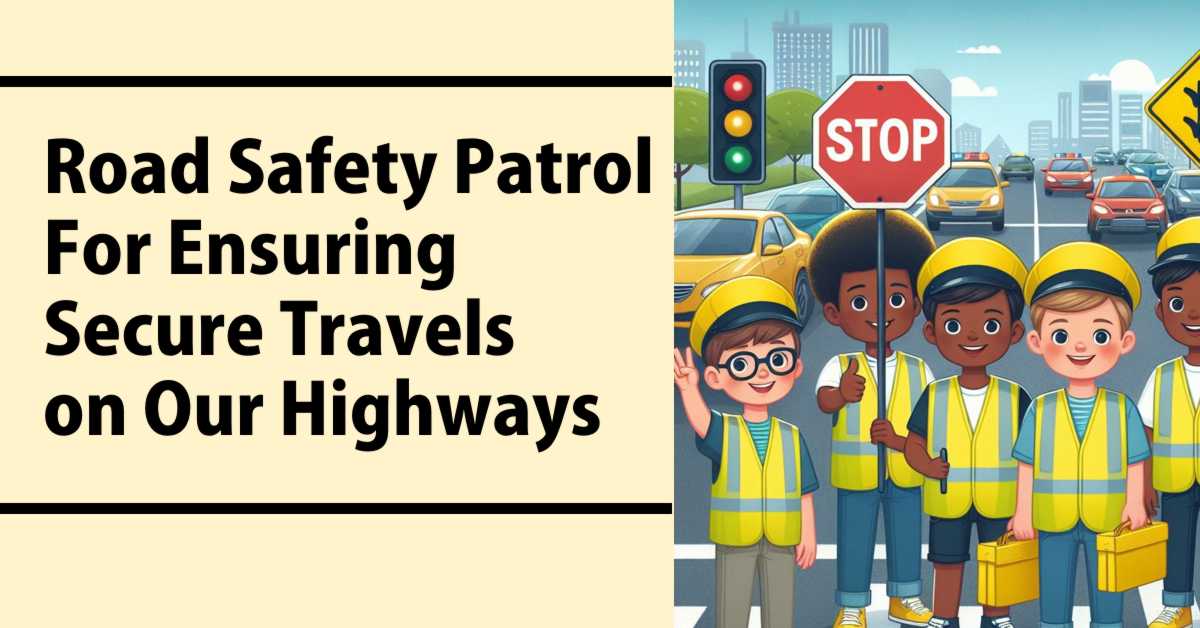Safeguarding the Journey
Road safety patrol refers to organized efforts by trained personnel to monitor and manage road conditions, traffic flow, and incident response to ensure the safety and efficiency of transportation networks. These patrols play a vital role in preventing accidents, responding to emergencies, and maintaining order on roadways.
Key Components
- Personnel Selection and Training
- Patrol Methods
- Technological Integration
- Emergency Coordination
- Support Systems for Patrol Officers
At its core, a Road Safety Patrol is a dedicated team of professionals tasked with monitoring and enforcing traffic regulations to ensure the safety of all road users. These patrols operate within a complex network of responsibilities, intersecting various domains such as law enforcement, public safety, and community education.
The Functions and Responsibilities of Road Safety Patrol
Road Safety Patrols carry out a wide array of duties, including:
- Traffic law enforcement
- Accident response and investigation
- Impaired driving detection
- Speed monitoring
- Vehicle safety inspections
- Emergency assistance
- Traffic flow management
- Public education and awareness campaigns
The effectiveness of Road Safety Patrols can be measured through various metrics:
- Reduction in traffic accidents
- Decrease in traffic violations
- Improved emergency response times
- Enhanced public perception of road safety
Interconnected Aspects of Road Safety Patrol
Enhancing Traffic Flow and Congestion Management
Road safety patrol teams are instrumental in monitoring and managing traffic flow, particularly during peak hours or in the event of accidents or incidents. By quickly responding to and addressing these disruptions, they help to minimize congestion, reduce travel times, and ensure the smooth and efficient movement of vehicles.
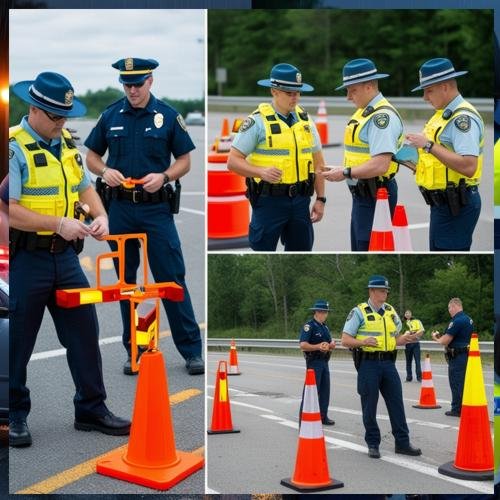

Providing Assistance and Emergency Response
When emergencies or breakdowns occur on the road, road safety patrol personnel are the first responders, providing crucial assistance to stranded drivers. From changing flat tires to providing fuel or jumpstarting vehicles, their prompt and professional actions can mean the difference between a minor inconvenience and a potentially dangerous situation.
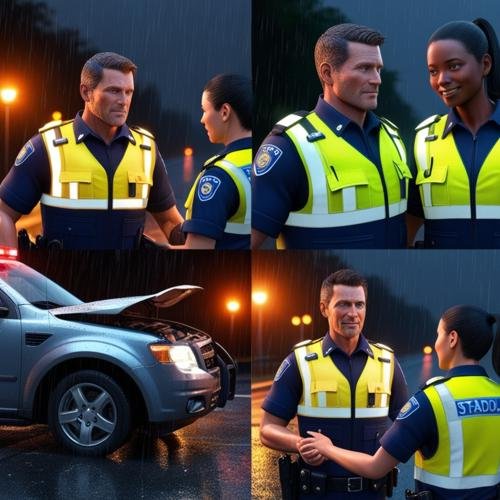
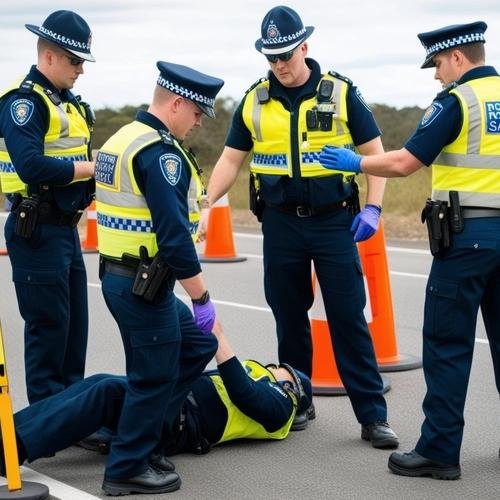
Promoting Safety and Accident Prevention
One of the primary objectives of road safety patrol is to proactively identify and mitigate potential safety risks on the roadways. By conducting regular patrols, monitoring driver behavior, and enforcing traffic regulations, they play a vital role in reducing the likelihood of accidents and creating a safer environment for all road users.
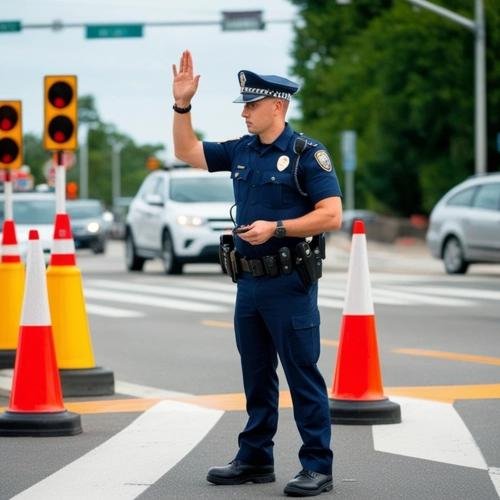
Enhancing Public Confidence and Perception
The presence of a well-trained and responsive road safety patrol team can significantly improve the public’s perception of the transportation system’s overall safety and reliability. This, in turn, can encourage more people to utilize public transportation or alternative modes of travel, further contributing to the efficiency and sustainability of the transportation network.
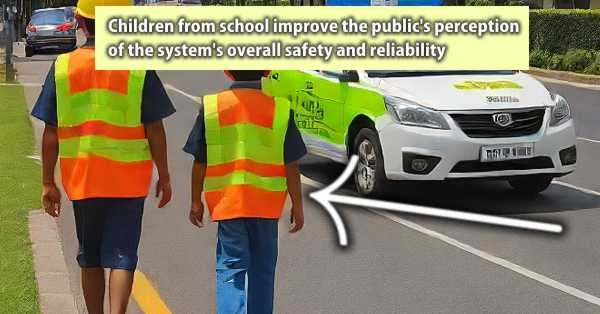
Urban vs. Rural Patrols:
Road Safety Patrols operate differently in urban and rural environments. In cities, they focus on managing high-volume traffic, while in rural areas, they cover larger territories and deal with unique challenges such as wildlife crossings and limited infrastructure.
In urban areas, a combination of mobile patrol units and fixed-post personnel at busy intersections ensures comprehensive coverage and rapid response to incidents.
Seasonal Considerations:
Patrol strategies adapt to seasonal changes. During winter, they emphasize hazardous weather conditions, while summer patrols might concentrate on increased tourist traffic and road construction zones.
Technology Integration:
Modern Road Safety Patrols leverage advanced technologies such as:
- Automated license plate recognition systems
- Body-worn cameras
- Data analytics for predictive policing
- Drone surveillance for traffic monitoring
Community Engagement:
Beyond enforcement, patrols engage in community outreach programs, fostering a collaborative approach to road safety. This includes school visits, public workshops, and partnerships with local organizations.
Special Event Management:
Road Safety Patrols play a critical role during large-scale events, implementing tailored strategies to manage increased traffic and ensure public safety.
The Scope of Road Safety Patrol
Incident Response and Management
One of the core responsibilities of road safety patrol is to rapidly respond to incidents, such as accidents, stalled vehicles, or debris on the road. By quickly assessing the situation and coordinating with emergency services, they help to clear the scene, restore traffic flow, and minimize the risk of secondary incidents.
Traffic Monitoring and Enforcement
Road safety patrol officers closely monitor traffic patterns, identify congestion points, and enforce traffic regulations to ensure the orderly and safe movement of vehicles. This includes observing and addressing speeding, improper lane changes, and other unsafe driving behaviors.

Roadway Maintenance and Inspection
In addition to their safety-focused duties, road safety patrol teams also play a vital role in maintaining the integrity of the road infrastructure. They regularly inspect the roadways for hazards, such as potholes, damaged guardrails, or obstructed signage, and report these issues to the appropriate authorities for timely repairs.
Public Education and Outreach
Road safety patrol teams often engage in public education and outreach initiatives, such as distributing safety information, conducting driver awareness campaigns, and collaborating with local communities to promote safe driving practices and transportation alternatives.

Strategies and Deployment Models
Centralized Versus Decentralized Approaches
Road safety patrol systems can be implemented using either a centralized or decentralized model. Centralized approaches typically involve a single, coordinated command center that oversees the deployment and response of patrol units, while decentralized models distribute the responsibility among multiple local or regional teams.
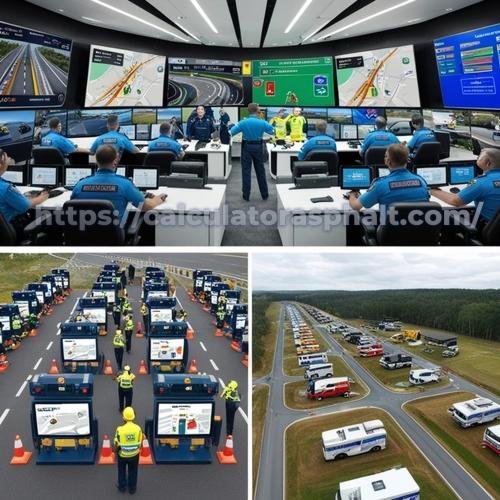
Mobile Versus Fixed-Post Patrols
Road safety patrol can be carried out through mobile units that actively patrol the roadways or through fixed-post deployments, where personnel are stationed at strategic locations to monitor and respond to incidents. The chosen approach often depends on the specific needs and characteristics of the transportation network.
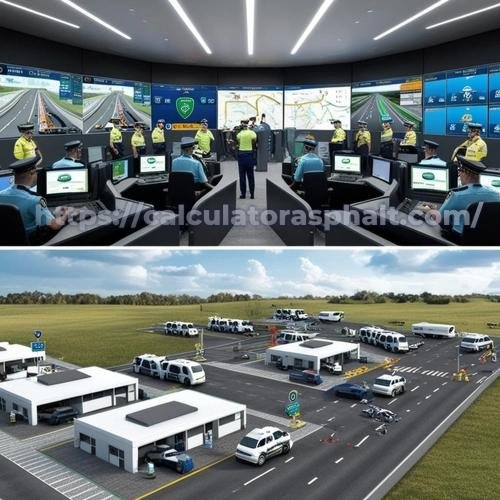
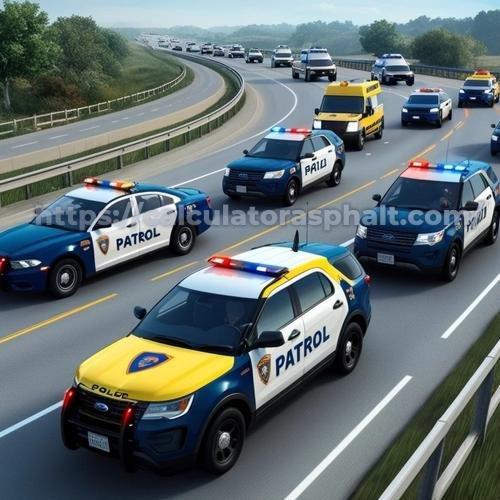
Technology-Enabled Enhancements
Modern road safety patrol operations leverage technological advancements, such as real-time traffic monitoring systems, GPS-enabled vehicle tracking, and communication platforms, to enhance efficiency and responsiveness.
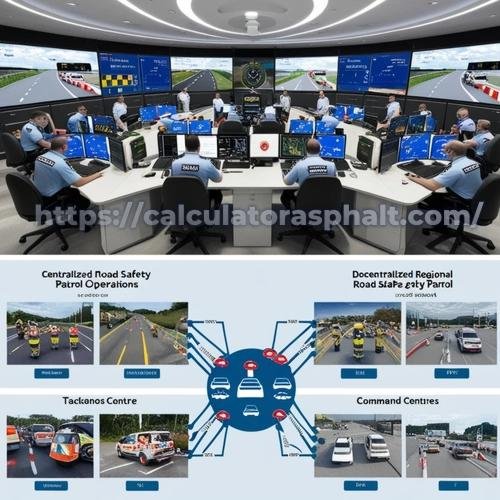
Coordination with Emergency Services
Effective road safety patrol relies on strong coordination and collaboration with other emergency response agencies, such as law enforcement, fire departments, and emergency medical services. This integrated approach ensures a seamless and comprehensive response to incidents on the roadways.
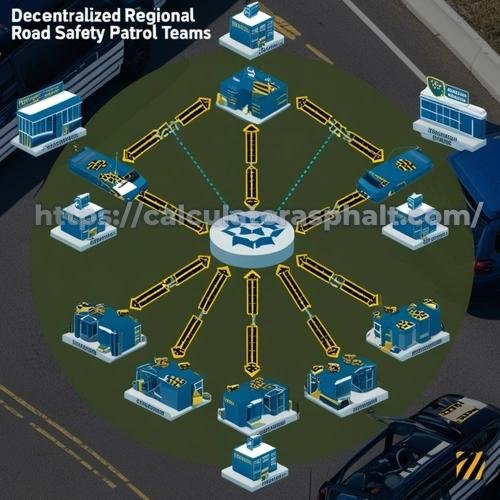
The Backbone of Road Safety: Personnel, Training, and Support in Highway Patrols
Road Safety Patrol Personnel
Road Safety Patrol personnel form the cornerstone of effective highway management, embodying a unique blend of technical prowess and interpersonal skills. These professionals are carefully selected based on their technical skills, communication abilities, decision-making aptitude, and unwavering commitment to public service. Their role extends beyond mere traffic management, encompassing a wide range of responsibilities that require constant vigilance and adaptability.
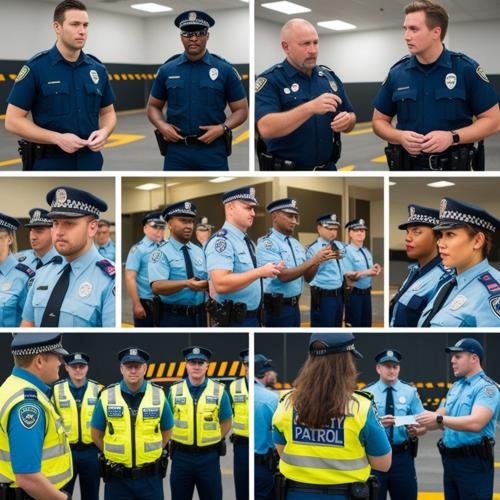
Comprehensive Training Programs
To equip these dedicated individuals, comprehensive training programs are implemented, covering crucial areas such as traffic management, incident response, first aid, and conflict de-escalation. These programs are not static but evolve continuously, offering ongoing professional development opportunities that keep patrol officers at the forefront of emerging trends and challenges in road safety.
Operational Protocols
The effectiveness of Road Safety Patrols hinges on well-defined operational protocols. These standardized practices guide officers through various scenarios, from routine patrols to emergency situations. By adhering to these protocols, patrol teams ensure consistency in their actions, maintain operational efficiency and uphold legal compliance in all their interactions with the public.
Support Systems
Recognizing the demanding nature of road safety work, robust support systems are an integral part of patrol organizations. These systems include access to counseling services and wellness programs, addressing both the physical and mental well-being of patrol officers. Such support is crucial in maintaining the resilience and effectiveness of the patrol team, enabling them to perform their duties with unwavering dedication.
Measuring Performance and Outcomes
Now I will share the ways to examine how effective road safety patrols are at fulfilling their duties, using a methodological approach that involves analyzing data to conclude. It implies a research-based inquiry into the performance of road safety patrols.
Key Performance Indicators (KPIs)
As a licensed civil engineer and construction specialist with over 25 years of experience, I understand the importance of data-driven decision-making when it comes to evaluating the effectiveness of road safety patrol programs. Throughout my career, I’ve worked extensively with transportation authorities and communities to implement robust performance measurement systems that help ensure the optimal efficiency and impact of these critical services.
One of the key factors I focus on when assessing the success of a road safety patrol program is the set of key performance indicators (KPIs) that are tracked and measured. These metrics provide valuable insights into the patrol team’s responsiveness, the impact on overall roadway safety, and the level of customer satisfaction among the people they serve.
Some of the most crucial KPIs I recommend monitoring include:
Incident Response Times:
Measuring the time it takes for patrol teams to arrive on the scene and begin addressing incidents, such as accidents, stalled vehicles, or debris on the road. Rapid response times are essential for minimizing disruptions to traffic flow and ensuring the safety of all road users.
Accident Reduction Rates:
Tracking the number of accidents or incidents that are successfully mitigated or prevented by the presence and actions of the road safety patrol teams. This data helps to quantify the direct impact these professionals have on improving overall roadway safety.
Customer Satisfaction Ratings:
Gathering feedback from drivers, pedestrians, and other stakeholders on their perceptions of the road safety patrol services. These ratings can provide valuable insights into areas for improvement and help to build public trust and confidence in the transportation system.
Operational Efficiency Metrics:
Monitoring key operational factors, such as patrol vehicle utilization rates, staffing levels, and the ratio of proactive patrols to reactive responses. These metrics can help identify opportunities for optimization and ensure that resources are being deployed most effectively.
By carefully tracking and analyzing these KPIs, I can work closely with my clients to gain a comprehensive understanding of the road safety patrol program’s performance and identify strategies for continuous improvement. This data-driven approach not only helps to justify the investment in these critical services but also ensures that they are delivering maximum value to the communities they serve.
Key Performance Indicators (KPIs) for Evaluating Road Safety Patrol Effectiveness
Table 1: Incident Response Times
| Performance Metric | Target | Current Performance | Improvement Opportunity |
|---|---|---|---|
| Average Response Time (minutes) | <5 | 6.2 | Optimize patrol routes, enhance communication systems |
| Percentage of Incidents Responded to Within 5 Minutes | >90% | 82% | Increase staffing levels, deploy additional patrol units |
| Percentage of Incidents Responded to Within 10 Minutes | >95% | 92% | Improve traffic monitoring and incident detection capabilities |
Table 2: Accident Reduction Rates
| Performance Metric | Target | Current Performance | Improvement Opportunity |
|---|---|---|---|
| Number of Accidents Prevented per Month | >50 | 42 | Enhance traffic enforcement, improve driver education |
| Percentage Reduction in Accident Rates Compared to Previous Year | >20% | 15% | Expand proactive patrol strategies, leverage data analytics |
| Percentage of Accidents Successfully Mitigated by Patrol Teams | >80% | 72% | Provide additional training for patrol personnel |
Table 3: Customer Satisfaction Ratings
| Performance Metric | Target | Current Performance | Improvement Opportunity |
|---|---|---|---|
| Overall Satisfaction with Road Safety Patrol Services (1-10 scale) | >8 | 7.5 | Improve communication and public outreach efforts |
| Percentage of Customers Reporting “Satisfied” or “Very Satisfied” | >90% | 85% | Enhance responsiveness to customer feedback, implement service improvements |
| Net Promoter Score (NPS) | >50 | 42 | Identify and address key pain points, strengthen community engagement |
Table 4: Operational Efficiency Metrics
| Performance Metric | Target | Current Performance | Improvement Opportunity |
|---|---|---|---|
| Patrol Vehicle Utilization Rate | >85% | 78% | Optimize patrol route planning, explore alternative deployment models |
| The ratio of Proactive Patrols to Reactive Responses | >60:40 | 55:45 | Implement predictive analytics to anticipate and prevent incidents |
| Staffing Level Efficiency (Incidents Handled per Officer) | >20 | 18 | Review staffing allocations, consider process automation |
